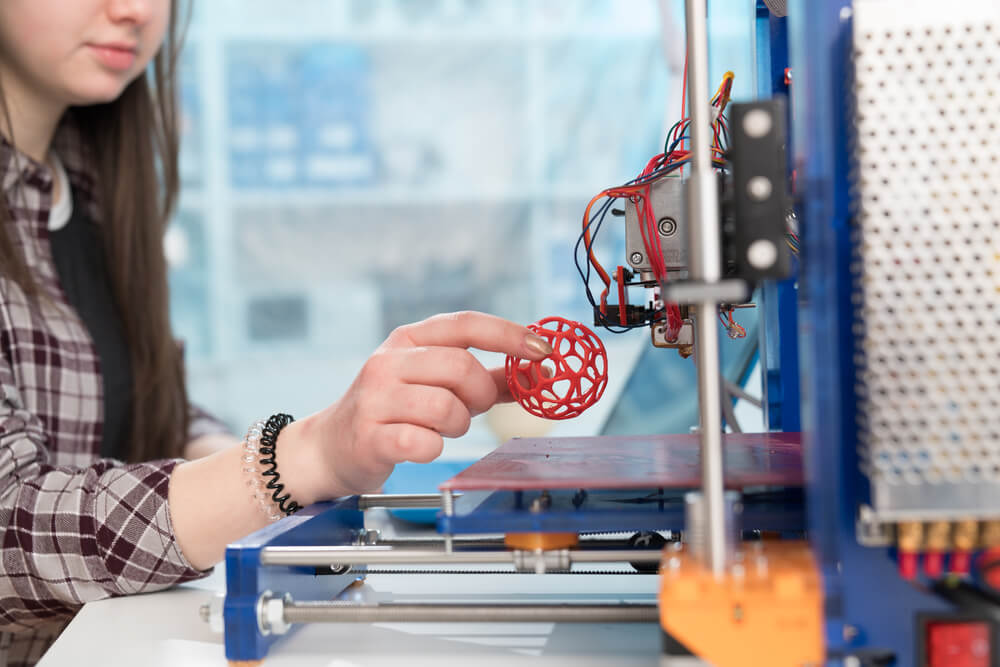4 Pieces of Technology Used in Everyday Life

A massive convergence of new technology used in everyday life is taking place right now. The following 4 pieces of technology all have one thing in common; in the future, they could likely reduce the number of jobs available to humans and increase our reliance on technology.
How the economy and various political processes will adapt to these changes in the next 10 or 20 years is still an unknown. But a massive tidal wave of technology is coming, and we should be prepared to meet it.
1. 3D Printing
3D printing is going mainstream, but there’s one thing holding it back: energy is expensive, and 3D printing uses a lot of it.
By 2030, renewable energies such as solar and wind will have grown to support the world’s energy requirements, and 3D printing will grow in proportion until then.
This technology will result in more customization. Instead of supplying goods and services for a group of people, businesses will provide them based on an individual’s needs.
The technology can also be used to print food, pharmaceuticals, and even entire organs.
Instead of going to the doctor for a checkup, we might soon send information about our vitals to specialists by using wearable devices. If the doctor finds something wrong, we might have the option to download blueprints for a specific medicine, and then print it from comfort of home.
2. Voice Recognition Technology
Amazon Alexa devices and other AI assistants such as Siri, Cortana, and Google are becoming increasingly popular. It’s said roughly 1 in 4 adults own a smart speaker.
The Internet of Things (IoT) is growing exponentially, and will soon result in computer-chipped refrigerators, toasters, and even flat surfaces like counters or tables.
Computer screens will be everywhere while personal computer and tablet ownership declines, and voice recognition will govern how we interact with this new wave of devices. We’ll no longer use keyboards as a result.
3. Autonomous Vehicles
The transportation industry is rapidly transforming. Manufacturers like Tesla are making cars with an autopilot setting which will introduce autonomous driving in highway environments.
It’s expected that fully autonomous vehicles will spread to streets all over the country, both rural and urban.
When they do, there will be upheaval in many industries. Companies like Google, Apple, and Uber in addition to most automakers have already shown interest in autonomous vehicles.
The possession of a smartphone will be essential to those without their own transportation. In the long-term, we might see the integration of a new public transportation system, or the private ownership of vehicles vanish.
4. Commercial Drones
The most recent regulations force commercial drone operators to be within eyesight at all times. Making it all but impossible to provide the same-day delivery service that Amazon, Google, and other companies would like to implement.
Other countries are already testing and implementing commercial drones of their own. So it would be economically untenable for the United States not to follow in their footsteps.
When this technology is finally available, the number of packages requiring human delivery will plummet. Therefore, forcing delivery services deeper into financial troubles.
